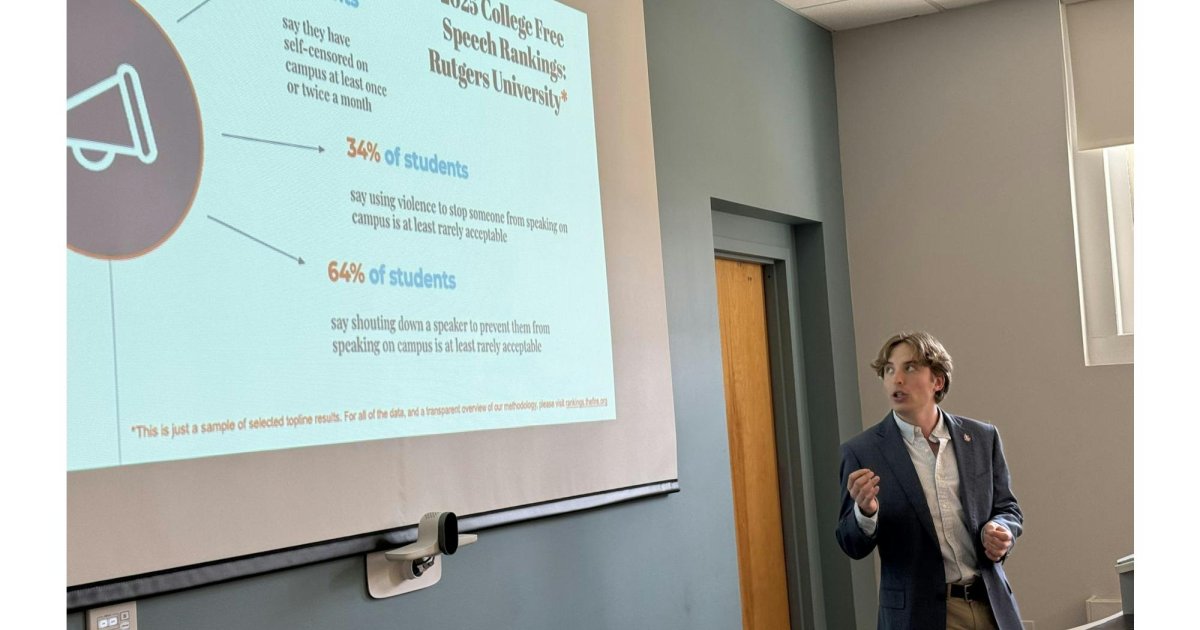Higher education institutions are in a real bind right now. Financial pressures are bearing down on expenditure, and even those institutions not at immediate risk are having to tighten their belts.
Yet institutions also need to continue to evolve and improve – to better educate and support students, enable staff to do their teaching and research, strengthen external ties, and remain attractive to international students. The status quo is not appealing – not just because of competitive and strategic pressures but also because for a lot of institutions the existing systems aren’t really delivering a great experience for students and staff. So, when every penny counts, where should institutions invest to get the best outcomes? Technology is rarely the sole answer but it’s usually part of the answer, so deciding which technologies to deploy and how becomes a critical organisational capability.
Silos breed cynicism
Digital transformation is one of those areas that’s historically had a bit of a tricky reputation. I suspect your sense of the reason for this depends a bit on your standpoint but my take (as a moderately competent user of technology but by no means expert) is that technology procurement and deployment is an area that tends to expose some of higher education’s historic vulnerabilities around coordinated leadership and decision-making, effective application of knowledge and expertise, and anticipation of, and adaptability to change.
So in the past there’s been a sense, not of this exact scenario, but some variation on it: the most senior leaders don’t really have the knowledge or expertise about technology and are constantly getting sold on the latest shiny thing; the director of IT makes decisions without fully coordinating with the needs and workflows of the wider organisation; departments buy in tech for their own needs but don’t coordinate with others. There might even be academic or digital pedagogy expertise in the organisation whose knowledge remains untapped in trying to get the system to make sense. And then the whole thing gets tweaked and updated to try to adapt to the changing needs, introducing layer upon layer of complexity and bureaucracy and general clunkiness, and everyone heaves a massive sigh every time a new system gets rolled out.
This picture is of course a cynical one but it’s striking in our conversations about digital transformation with the sector how frequently these kinds of scenarios are described. The gap between the promise of technology and the reality of making it work is one that can breed quite a lot of cynicism – which is the absolute worst basis from which to embark on any journey of change. People feel as if they are expected to conform to the approved technology, rather than technology helping them do their jobs more effectively.
Towards digital maturity
Back in 2023 Jisc bit the bullet with the publication of its digital transformation toolkit, which explicitly sought to replace what in some cases had been a rather fragmented siloed approach with a “whole institution” framework. When Jisc chief executive Heidi Fraser-Krauss speaks at sector events she frequently argues that technology is the easy bit – it’s the culture change that is hard. Over the past two years Jisc director for digital transformation (HE) Sarah Knight and her team have been working with 24 institutions to test the application of the digital transformation framework and maturity model, with a report capturing the learning of what makes digital transformation work in practice published last month.
I book in a call with Sarah because I’m curious about how institutions are pursuing their digital transformation plans against the backdrop of financial pressure and reductions in expenditure. When every penny counts, institutions need to wring every bit of value from their investments, and technology costs can be a significant part of an institution’s capital and non-staff recurrent expenditure.
“Digital transformation to us is to show the breadth of where digital touches a university,” says Sarah. “Traditionally digital tended to sit more with ‘digital people’ like CIOs and IT teams, but our framework has shown how a whole-institution approach is needed. For those just starting out, our framework helped to focus attention on the breadth of things to consider such as digital culture, engaging staff and students, digital fluency, capability, inclusivity, sustainability – and all the principles underpinning digital transformation.”
Advocating a “whole institution approach” may seem counter-intuitive – making what was already a complicated set of decisions even more so by involving more people. But without creating a pipeline of information flow up, down and across the institution, it’s impossible to see what people need from technology, or understand how the various processes in place in different parts of the university are interacting with the technologies available to see where they could be improved.
“The digital maturity assessment brought people into the conversation at different levels and roles. Doing that can often show up where there is a mismatch in experience and knowledge between organisational leaders and staff and students who are experiencing the digital landscape,” says Sarah.
Drawing on knowledgeable voices whose experience is closer to the lived reality of teaching and research is key. “Leaders are saying they don’t need to know everything about digital but they do need to support the staff who are working in that space to have resources, and have a seat at table and a voice.”
Crucially, working across the institution in this way generates an evidence base that can then be used to drive decision-making about the priorities for investment of resources, both money and time. In the past few years, some institutions have been revising their digital strategies and plans, recognising that with constrained finances, they may need to defer some planned investments, or sequence their projects differently, mindful of the pressures on staff.
For Sarah, leaders who listen, and who assume they don’t already know what’s going on, are those who are the most likely to develop the evidence base that can best inform their decisions:
“When you have leaders who recognise the value of taking a more evidence-informed approach, that enables investment to be more strategically targeted, so you’re less likely to see cuts falling in areas where digital is a priority. Institutions that have senior leadership support, data informed decision making, and evidence of impact, are in the best place to steer in a direction that is forward moving and find the core areas that are going to enable us to reach longer term strategic goals.”
In our conversation I detect a sense of a culture shift behind some of the discussions about how to do digital transformation. Put it like this: nobody is saying that higher education leaders of previous decades didn’t practice empathy, careful listening, and value an evidence base. It’s just that when times are tough, these qualities come to the fore as being among the critical tools for institutional success.
Spirit of collaboration
There’s a wider culture shift going on in the sector as well, as financial pressures and the sense that a competitive approach is not serving higher education well turns minds towards where the sector could be more collaborative in its approach. Digital is an area that can sometimes be thought of as a competitive space – but arguably that’s mistaking the tech for the impact you hope it will have. Institutions working on digital transformation are better served by learning from others’ experience, and finding opportunities to pool resources and risk, than by going it alone.
“Digital can be seen as a competitive space, but collaboration outweighs and has far more benefits than competition,” says Sarah. “We can all learn together as a sector, as long as we can keep sharing that spirit of internal and external collaboration we can continue that momentum and be stronger together.”
This is especially relevant for those institutions whose leaders may secretly feel they are “behind the curve” on digital transformation and experience a sense of anxiety that their institution needs to scramble to “catch up”. The metaphor of the race is less than helpful in this context, creating anxiety rather than a sense of strategic purpose. Sarah believes that no institution can legitimately consider itself “ahead of the curve” – and that all should have the opportunity to learn from each other:
“We are all on a journey, so some might be ahead in some aspects but definitely not all,” says Sarah. “No-one is behind the curve but everyone is approaching this in a slightly different way, so don’t feel ‘we have to do this ourselves’; use networks and seek help – that is our role as Jisc to support the sector.”
Jisc is hosting Digifest in Birmingham on 11-12 March – sign up here for online access to sessions.





